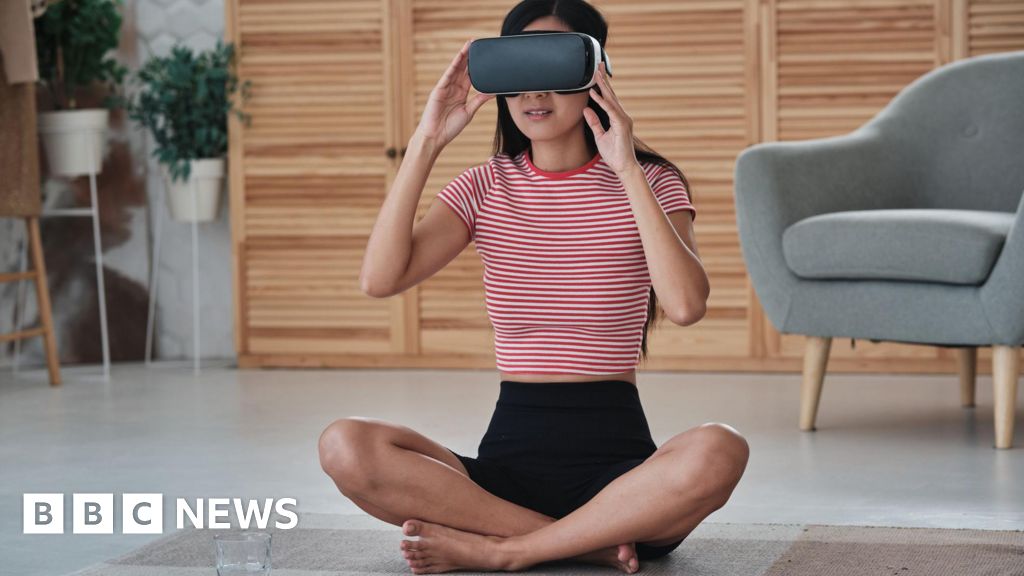Both items have made their way into the basket of goods and services used by the Office for National Statistics (ONS) to calculate inflation.
The basket contains 752 items. The ONS collects the costs of these products and services across many different retailers to come up with the monthly inflation figures.
That figure, currently showing prices rising at 3% a year, is a crucial economic measure which influences the cost of borrowing – interest rates – as well as rises in benefits and pensions or to form part of pay negotiations.
The contents of this huge basket of goods and services is reviewed every year to ensure it gives an accurate cross-section and weighting of our spending data.
But what is added or removed each time also gives us a fascinating insight into our changing tastes, trends and lifestyles.
For example, wild rabbit was one item included in the first list of 1947. Tea bags only made it in by 1980.
This time around, 23 items have been added and 15 removed from the basket.
Stephen Burgess, from the ONS, said: “Our inflation basket of goods shows how consumer spending has evolved over the years.
Meanwhile, exercise mats were not only used for yoga, but also for other types of home workouts.
Men’s sliders, or pool sandals, have also been added. Pulled pork has also substituted an oven-ready gammon joint.
Mango is an addition to the selection of fruit, and cushions are in to bolster the underrepresented area of soft lounge furnishings.
On the other side of the ledger, a reflection of the falling circulation and prominence of newspapers means adverts in the local rag have been removed.
The ONS said anecdotal evidence suggestion many of these pitches were now found on online platforms instead.
Last year, vinyl records returned following a 30-year absence. Air fryers were also added, but hand sanitiser – a must-have of the Covid years – was taken out.
Source: www.bbc.com
